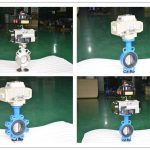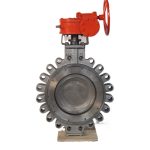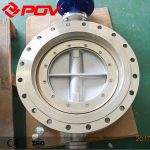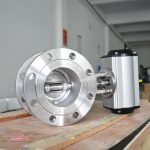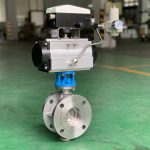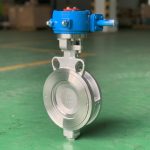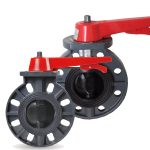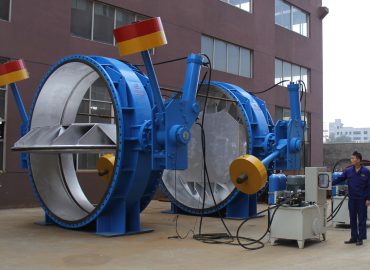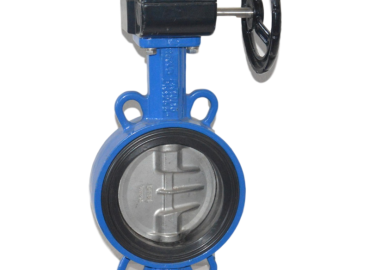Resilient seated butterfly valves are a specialized type of valve used in many different applications. They provide a reliable and robust solution for isolating or controlling the flow of various media, making them a great choice in industries that require tight shutoff services, precise control of flow rate, or both. In this blog post, we’ll take an in-depth look at the features, benefits, materials available for resilient seated butterfly valves, common applications and installation guidelines.
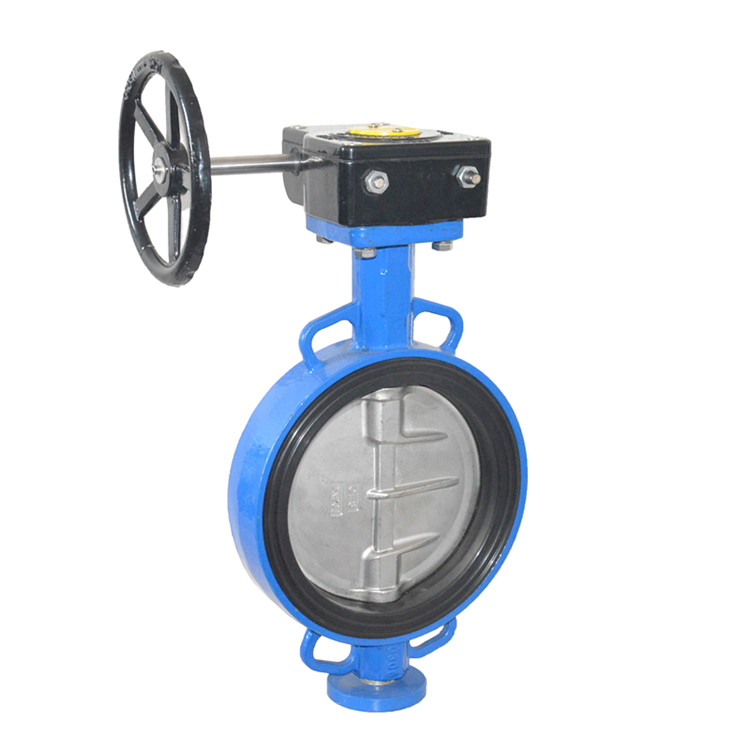
Introduction
Resilient seated butterfly valves are an essential component of a wide range of industrial and commercial piping systems. These valves are designed to provide high levels of pressure, temperature, and flow control for various media in a variety of applications. A comprehensive understanding of their design features, choice of materials, and installation instructions is essential for ensuring effective operation. This blog post provides a detailed overview of what you need to know about resilient seated butterfly valves.
Overview of butterfly valves
Butterfly valves are quarter-turn valves that comprise of a disc that rotates in the middle of a pipe. The rotating action of these valves is used to open and close a passageway where flow is regulated. Depending on their design, butterfly valves can be used with liquid, air, or vacuum applications. Their main benefits include ease of installation, lightweight construction, and high pressure capability. Additionally, due to their higher Cv ratings and lower pressure drops compared to other mechanical control valves, butterfly valves are often preferred over other options for regulating the flow of liquids in pipelines.
Definition of resilient seated butterfly valves
Resilient seated butterfly valves are a type of butterfly valve that features a seating surface made from elastomeric material such as rubber, allowing them to be used in more demanding applications. This design allows for no metal-to-metal contact, reducing wear on the sealing surfaces and resulting in better long-term performance. The elastomeric seat also provides improved resistance to corrosion and can handle higher temperatures without deformation. Additionally, due to the lack of gaskets or flanges, these valves require less maintenance than other types of valves.
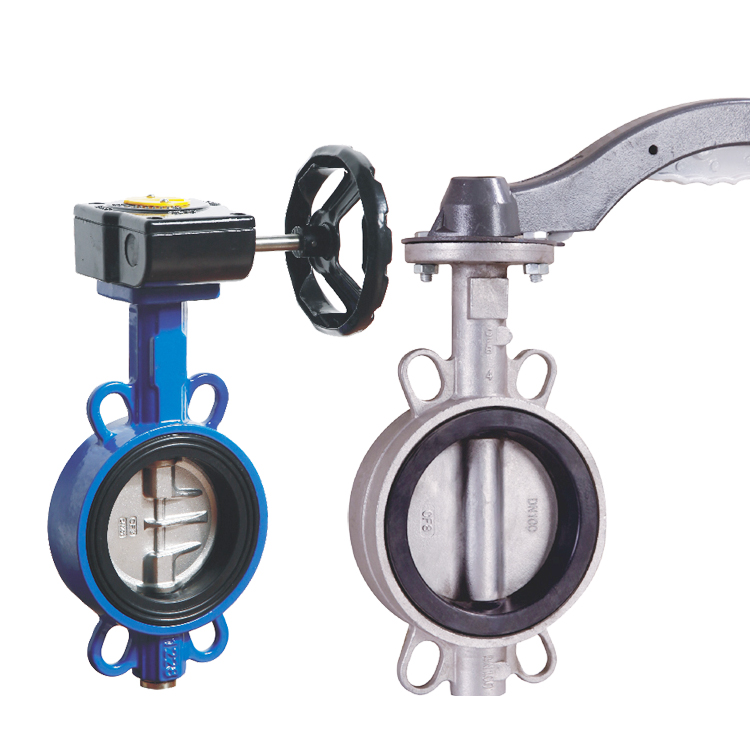
Features and Benefits
Butterfly valves feature a variety of features and benefits that make them popular for many kinds of applications. One of their main advantages is the ease of installation and lightweight construction, making them a cost-effective solution when compared to other valve types. Additionally, their quarter-turn operation means they can be quickly and easily opened and closed, making them ideal for system automation. Butterfly valves also have a high pressure rating, as well as higher Cv ratings and lower pressure drops than other mechanical control valves, which makes them suitable for regulating flow in pipelines with low pressure losses.
Furthermore, resilient seated butterfly valves are an excellent choice for more demanding applications due to their elastomeric seat which eliminates metal-to-metal contact and provides improved resistance to corrosion while being able to handle higher temperatures without deformation. Finally, these types of valves also require less maintenance than other types due to the lack of gaskets or flanges.
Design considerations for resilient seated butterfly valves
Resilient seated butterfly valves have a number of design considerations that must be taken into account when selecting them for an application. The most important factor is the type and quality of the elastomeric material used for the seat, as it will determine the valve’s ability to protect against corrosion and high temperatures. Additionally, it is important to consider the pressure rating of the valve, as well as whether or not it has a lugged or wafer butterfly valve.
It is also essential to keep in mind the diameter of the pipe that will be connected to the valve, as well as any other components used in conjunction with it. Additionally, valves should be inspected regularly for signs of wear and tear on their seating surfaces. Finally, when installing resilient seated butterfly valves, special care must be taken to ensure that they are properly aligned with both pipes and other components in order to maximize their effectiveness.
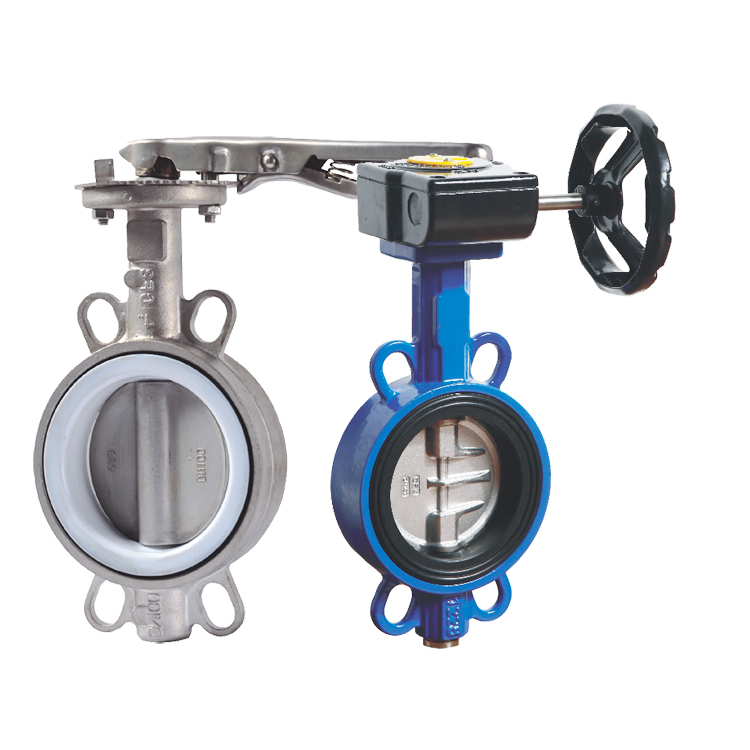
Advantages of resilient seated butterfly valves
Resilient seated butterfly valves offer several advantages over other valve types. Their elastomeric seat eliminates the need for gaskets or flanges, making installation simpler and less expensive while providing a much higher pressure rating than conventional metal seats.
Additionally, resilient seated butterfly valves also offer improved corrosion resistance compared to other types of valves, as well as better temperature protection. They also have a low pressure drop and high Cv values, making them ideal for controlling flow in pipelines with low pressure losses. Furthermore, they require less maintenance than other valve types due to their lack of hardware components that may need to be replaced regularly. Finally, the quarter-turn operation of these valves makes them easy to open and close during system automation.
Choice of Materials for Resilient Seated Butterfly Valves
When selecting materials for resilient seated butterfly valves, there are several factors that should be taken into account. First and foremost, the material used for the seat must be able to withstand high temperatures, corrosion, and pressure. Additionally, any sealant or gasket used should also be well suited for the application in order to ensure a reliable connection. Common materials used for resilient butterfly valve seats include EPDM rubber (ethylene propylene diene monomer), nitrile rubber (Buna-N) and PTFE (polytetrafluoroethylene).
Depending on the application, other elastomeric materials may also be considered as they offer improved resistance to oil and other chemicals as well as higher temperature tolerance.
It is important to note that all sealing materials will degrade over time due to wear or exposure to various chemicals; care must therefore be taken when selecting these components in order to maximize their longevity. Additionally, the valve body itself should also be made of a durable material that can withstand pressure and wear without corroding or failing; stainless steel is often recommended due to its strength and corrosion resistance.
Factors to consider when choosing materials for resilient seated butterfly valves
When selecting materials for resilient seated butterfly valves, there are several factors that should be taken into consideration. The material used for the seat should be able to withstand high temperatures, pressure and corrosion. Additionally, any sealant or gasket must also be suitable for the application in order to ensure a secure connection. Common materials used for seats include EPDM rubber (ethylene propylene diene monomer), nitrile rubber (Buna-N) and PTFE (polytetrafluoroethylene).Other elastomeric materials may also be considered depending on the needs of the application.
Furthermore, it is important to select a durable and corrosion resistant material like stainless steel for the valve body itself in order to maximize longevity. Finally, care must also be taken when selecting components as all sealing materials will degrade over time due to wear or exposure to various chemicals.
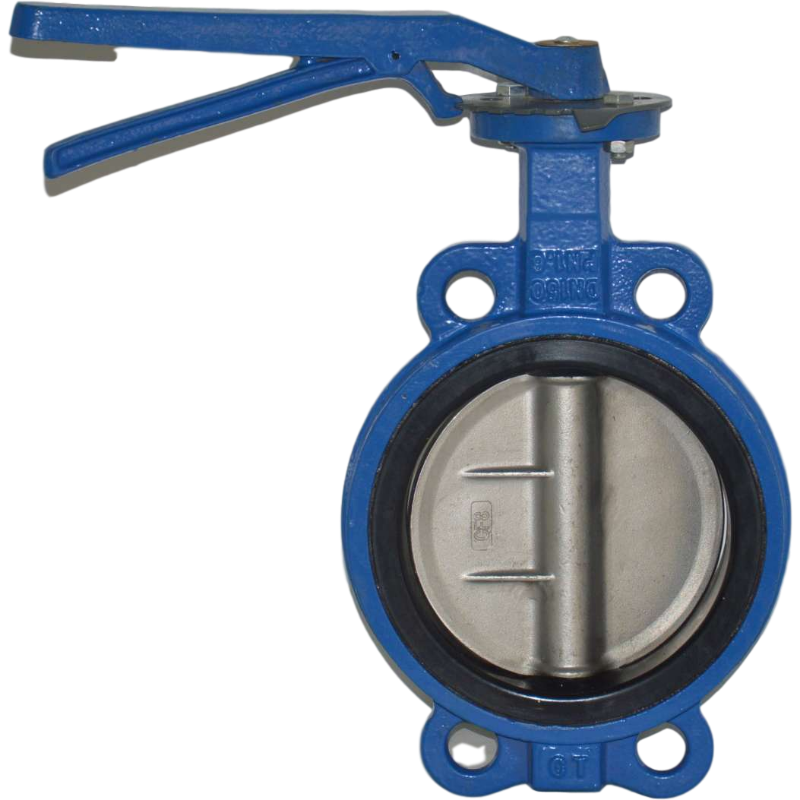
Types of materials used in the manufacturing process of resilient seated butterfly valves
Resilient seated butterfly valves are typically made using various materials depending on the needs of the application. Common materials used for seats include EPDM rubber (ethylene propylene diene monomer), nitrile rubber (Buna-N) and PTFE (polytetrafluoroethylene). These elastomers provide good resistance to heat and oil, as well as higher temperature tolerance. Additionally, stainless steel is often used for the valve body itself due to its strength and corrosion resistance. Other materials such as bronze, plastic or composite may also be used in certain applications. It is important to select components that can withstand pressure and wear without corroding or failing in order to maximize longevity.
Applications and Installation Guidelines for Resilient Seated Butterfly Valves
Lug butterfly valves are a highly versatile type of valve used for many different applications. They are most commonly used to control the flow of liquids, gases and slurries in pipelines. In addition, they can also be employed in heating and cooling systems as well as water treatment plants. Due to their unique seat design, these valves are able to automatically adjust to changing pressures and temperatures while reducing vibration and noise. When installing a resilient seated butterfly valve, it is important to follow the manufacturer’s guidelines closely. This includes properly aligning the disc with the body so that it can move freely without sticking or binding.
Additionally, proper sealing is essential in order to prevent leakage and ensure long-term performance. Care must also be taken when selecting materials as each component must be suitable for the application in order to withstand high pressures, temperatures and corrosion. With proper installation and maintenance, resilient seated butterfly valves can provide reliable performance over long periods of time.
Typical applications for resilient seated butterfly valves
Resilient seated butterfly valves are a popular choice for many different applications due to their versatility. They are commonly used in the food and beverage industry for controlling flow, pressure and temperature. Additionally, they are often employed in industrial piping systems, chemical plants, power plants and waterworks. In addition to these common uses, resilient seated butterfly valves can also be used in agricultural irrigation systems, wastewater treatment facilities and air conditioning systems. As long as the valve is suited to the needs of the application, it can provide consistent performance over time.
Installation guidelines for resilient seated butterfly valves
Installing a resilient seated butterfly valve correctly is essential for safe and reliable operation. First, the valve must be aligned properly so that the disc can move freely without sticking or binding .If a gasket is required, it should be fitted securely and evenly to ensure a tight seal. It is also important to choose the correct materials for each component based on its application in order to prevent corrosion or damage due to pressure and temperature fluctuations. Once installation is complete, it is important to test the valve regularly in order to ensure proper functioning and continued performance.
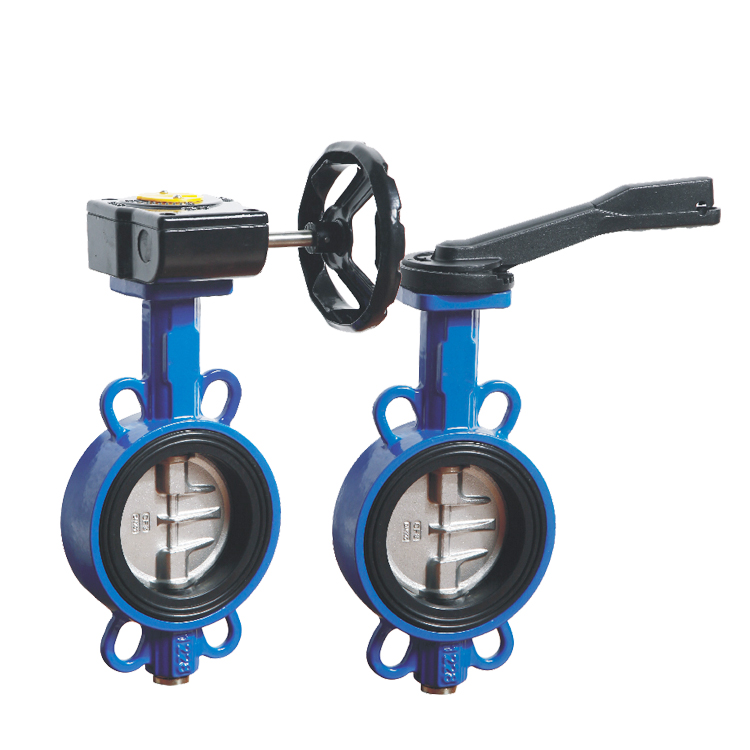
Conclusion
To sum up, wafer butterfly valves are a popular and versatile choice for many different applications. They are easy to install and can provide reliable performance over time with the right materials and installation guidelines. It is essential to choose the correct size, type, and pressure rating valve to ensure optimal performance. Additionally, periodic testing and maintenance should be done in order to keep the valve operating as intended. With an understanding of their uses and proper installation guidelines, resilient seated butterfly valves can be a great choice for most applications.


